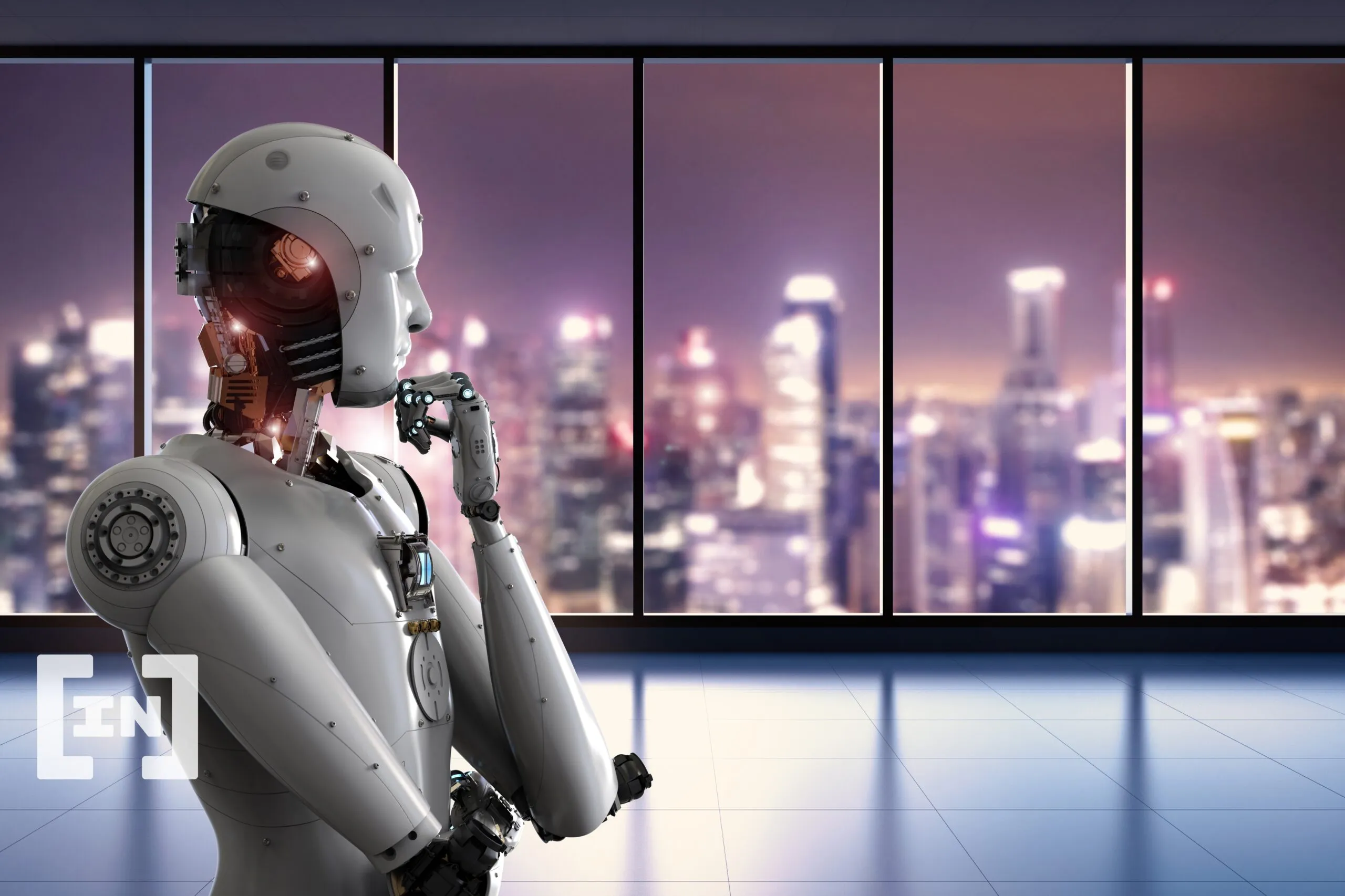Robots have become an integral part of our daily lives. Even if they don’t look like cyborgs from science fiction movies yet, they are everywhere. What happens if all goes well?
Anyone who has ever seen the Terminator movies knows what can go wrong with bot development. In case you haven’t watched the movies, here’s an explanation. Skynet is an artificial superintelligence that develops its own sense and usurps its power at the expense of humanity. People try to disable the system, but it hurts Skynet’s electronic sensibilities. So the AI retaliates with a nuclear attack.
The movie is pure fiction, but it raises some uncomfortable questions. For example, the question of how much we ultimately depend on robots. And what safety nets can we put in place so that robots don’t plunge us into a nuclear winter?
Blockchain is to the rescue. A transaction-based communication system can help between each bot. Ensures that the bots reach their target even if some bots are hacked.
Robots and blockchain
The script looks like this. It uses a self-driving drone – equipped with advanced technology – to detect forest fires. When flying over the mountains, the drone detects a plume of smoke. It instantly passes the exact location to a swarm of firefighting drones. The robot army is formed and rushed to the place of the forest fire. There they help protect people and property.
bot army hack
While that sounds good, what would happen if the main bot was taken over by a malicious hacker? What if all other drones were hacked with the hacked bot?
Researchers at MIT and the Polytechnic University of Madrid seem to have the same nightmares about robots as we all do. But these scientists are investigating whether blockchain technology can provide a secure way for robots to work together. As it turns out, technology can be used to secure communication between robots so they don’t attack us and burn our cities down.
The researchers explained that the use of blockchain technology can also protect against fraud and can also be applied to other areas of robotics. In the cities of the future Multi robotic systems with self-driving cars Give. There will be drones transporting people and products in these cities. Such future scenarios should be safe for all of us.
How can blockchain secure bots
The blockchain provides a tamper-proof record of all transactions. The message sent from the drone to the trackers is analyzed to detect deviations in the information chain.
Eduardo Castillo of the Massachusetts Institute of Technology explains: “Guiding drones use tokens to signal movement and store transactions on the chain. Drones lose their tokens when tampering is detected. A transaction-based communication system reduces the risk of a compromised drone spreading misinformation Bigger. Many new ways are emerging in the blockchain world to improve existing security protocols.”
Transactional Communication
The researchers explained that the blockchain allows permanent recording of all transactions. “Since all the follower bots can finally see all the instructions from the master bots, they can immediately tell if the data has been tampered with.”
“For example, if five drones send messages telling followers to move north, and one commander sends a message telling them to head west, followers can ignore this inconsistent information. Even if a follower drone mistakenly moves west, Will they recognize the error just by comparing their movements with the transactions saved on Blockchain Comparing. “
Each drone carries a fixed number of tokens that are used to add transactions to the chain. Drones can decide if the information on the block is wrong. Then the hacked bullets drone loses the token. And when the drone’s tokens run out, it can no longer send messages.
We envisioned a system where misinformation costs money. When malicious bots run out of tokens, they can no longer propagate bugs. It is therefore possible to limit or limit the manipulations that bots can be exposed to.
Eduardo Castillo
Tests have shown that the transaction-based system moves all of the affiliated drones to their destination. Even if they were fed false information by the hacked leader’s drones.
Each drone has a limited number of tokens equal to the number of its drones. This allowed researchers to develop algorithms to limit the maximum amount of misinformation a hacked drone could transmit.

The future of robotic blockchain
For the future, Castillo hopes to be able to build on the results of his research. The ideal is to create new security systems for bots based on transactions. This can increase trust between robots and humans.
“Turning these automated systems into a public robotic infrastructure exposes them to hackers and tampering. These methods are useful for verification, verification and understanding that the system is not skewed. Even if certain parts of the system are compromised, it will not cause the infrastructure to collapse.
disclaimer
All information on our website has been researched to the best of our knowledge and belief. Press contributions are for general information purposes only. Any action taken by the reader based on the information on our website is entirely at his or her own risk.

“Certified tv guru. Reader. Professional writer. Avid introvert. Extreme pop culture buff.”







More Stories
Samsung Quantum Dot TV: Art meets technology
Pitch: €56m for energy startup Reverion
Plastoplan: Plastics for Energy Transition